Water quality is a cornerstone of health and well-being, yet it’s a topic shrouded in complexity and debate.At the heart of this discussion lies the comparison Chloramine vs. Free Chlorine, two common chemicals used in water treatment. This post delves into the nuances of these treatments, unraveling the facts behind what’s really in your drinking water. We’ll explore the roles, benefits, and drawbacks of chloramine and free chlorine, aiming to provide you with the knowledge to make informed decisions about your water consumption. Join us as we uncover the truths hidden in the simplest, yet most vital, resource in our lives.
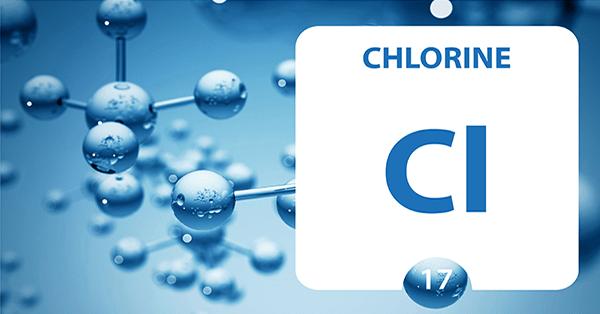
Understanding Chloramine and Free Chlorine
In 2016, the Environmental Protection Agency (EPA) reported that one in five Americans (68 million, to be exact) are now drinking chloramine-treated water.”
Chloramine and free chlorine are key players in water treatment, each with distinct characteristics and roles. Chloramine, formed by combining chlorine with ammonia, is known for its extended-lasting disinfection properties, making it a preferred choice in maintaining long-term water safety in distribution systems. Free chlorine, alternatively, is chlorine in its uncombined form, used widely for its potent and rapid disinfectant abilities. Both are employed to effectively eliminate pathogens and ensure the microbiological safety of drinking water, but their differing chemical behaviors influence factors like residual lifespan and reaction with organic materials in water.
Pros and Cons of Chloramine in Drinking Water
The use of chloramine in drinking water comes with its set of advantages and disadvantages. On the positive side, chloramine is a more stable and longer-lasting disinfectant compared to chlorine, reducing the likelihood of harmful pathogens surviving in the water supply. It also produces fewer byproducts, which are often linked to health issues. However, there are downsides to its use. Chloramine can be more difficult to remove than chlorine and can affect the taste and smell of water. Additionally, it can be corrosive to certain materials and can have negative impacts on aquatic life and home aquariums.
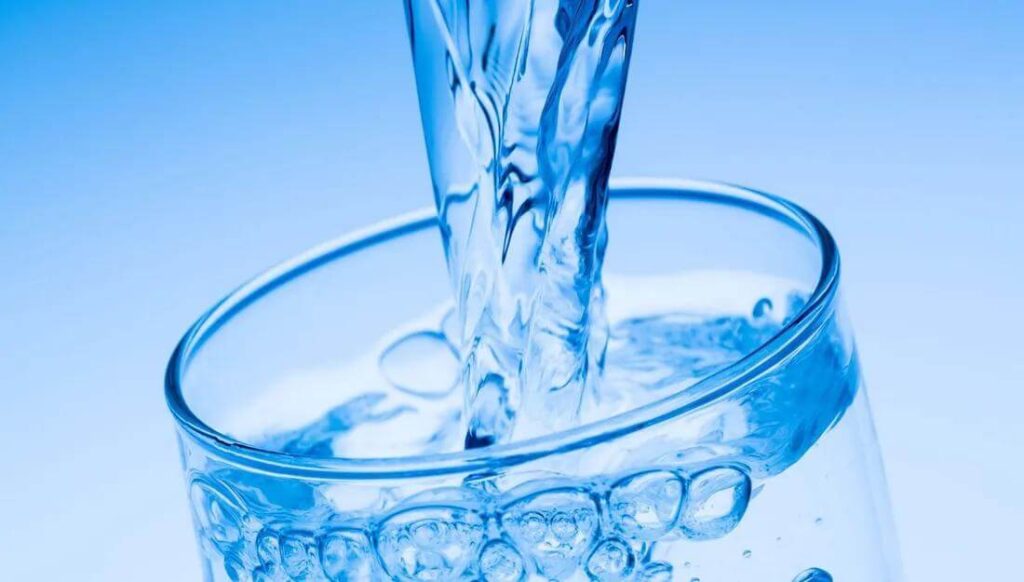
Pros and Cons of Free Chlorine in Drinking Water
Free chlorine, widely used in water treatment, offers significant benefits but also comes with drawbacks. Its primary advantage is its strong and fast-acting disinfectant power, effectively eliminating a broad range of pathogens in water. This makes it an excellent choice for ensuring immediate water safety. However, free chlorine also has its downsides. It tends to react more with organic matter in water, forming potentially harmful byproducts. Moreover, its potency can affect the taste and odor of water, and its reactive nature can contribute to the corrosion of plumbing systems.
Why Is Chloramine Added To Water?
Water utilities commonly utilize chloramine as an alternative to traditional chlorine for secondary disinfection in water supplies. This method effectively removes germs and pathogens, offering a more lasting solution than chlorine, which tends to accumulate and lose effectiveness over time. Chloramine’s extended disinfection efficiency is particularly beneficial in areas where water must travel long distances.
Additionally, many municipalities prefer chloramine over chlorine due to its lesser impact on water’s taste and smell. Unlike chlorine, chloramine produces a less noticeable odor and taste, while still ensuring the safety and quality of the water.
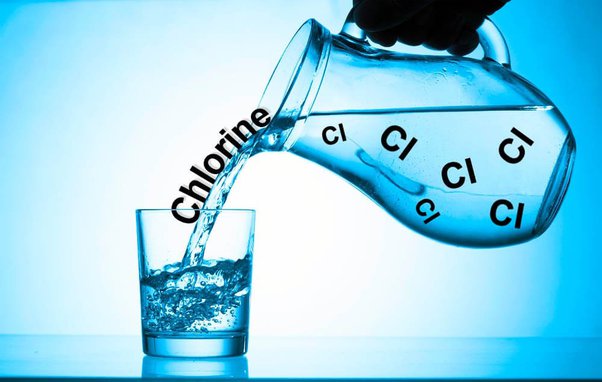
Comparative Analysis: Chloramine vs. Free Chlorine
In comparing chloramine and free chlorine, it’s crucial to understand their distinct impacts on water treatment.
Chloramine:
- Stability: Chloramine is more stable and persists longer in water systems, ensuring continuous disinfection over extended distances.
- Byproducts: It forms fewer harmful byproducts like trihalomethanes (THMs), which are linked with health risks.
- Taste and Odor: Chloramine is less likely to impart a noticeable taste or odor compared to chlorine.
Free Chlorine:
- Disinfection Power: Free chlorine is a more potent disinfectant, effective against a wider range of pathogens and in quicker response times.
- Reactivity: Its high reactivity can lead to more byproducts, which can raise health concerns.
- Impact on Systems: Free chlorine can be more corrosive to pipes and other components of water systems.
Effectiveness Comparison:
- Both are effective in eliminating pathogens, but their differing chemical properties make them suitable for different scenarios. Chloramine is preferred for long-term stability, while free chlorine is chosen for its powerful and immediate disinfection capacity.
Health and Environmental Impacts:
- The choice between these disinfectants also hinges on their broader environmental and health impacts. Chloramine’s lower byproduct formation is a plus, but its persistence can be a concern in specific ecosystems. Conversely, free chlorine’s effectiveness comes at the cost of potential byproduct formation and corrosion.
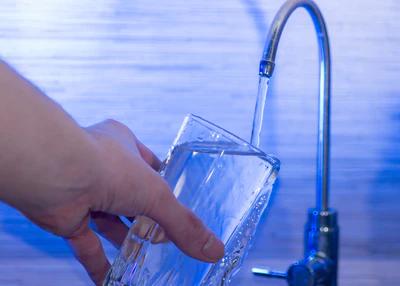
In conclusion, the choice between chloramine and free chlorine in water treatment is a balance of these factors, each having its pros and cons that must be weighed based on the specific requirements and contexts of water systems.
Health Implications
The health implications of chloramine and free chlorine in drinking water are a critical aspect to consider. Chloramine, while stable and producing fewer byproducts, can still pose risks, especially for people with certain health conditions like kidney issues requiring dialysis, as it must be completely removed from water used in dialysis machines. Free chlorine, known for its strong disinfection properties, can lead to the formation of harmful byproducts like trihalomethanes, which have been linked to various health risks. Both chemicals can potentially lead to skin, eye, and respiratory irritations.
Environmental Considerations
The environmental considerations of using chloramine and free chlorine are as crucial as their health impacts. Chloramine, due to its stability, tends to stay longer in the environment, which could affect aquatic ecosystems, particularly sensitive species. It is also more challenging to remove from wastewater, posing potential environmental risks. Free chlorine, while effective as a disinfectant, can form harmful byproducts that may impact water bodies and wildlife. Its reactive nature can also lead to the degradation of certain materials, contributing to environmental pollution. Balancing these environmental factors is vital for sustainable water treatment practices.
How to Test and Treat Your Water
Testing and treating your water for chloramine and free chlorine is a practical step towards ensuring water safety at home. Testing kits, available at hardware stores or online, can help you determine the levels of these chemicals in your water. For treatment, options like activated carbon filters are effective for reducing both chloramine and chlorine levels. Reverse osmosis systems offer a more comprehensive solution, filtering out a wide range of contaminants. It’s important to regularly test and maintain these systems to ensure they are functioning effectively and providing the best water quality.
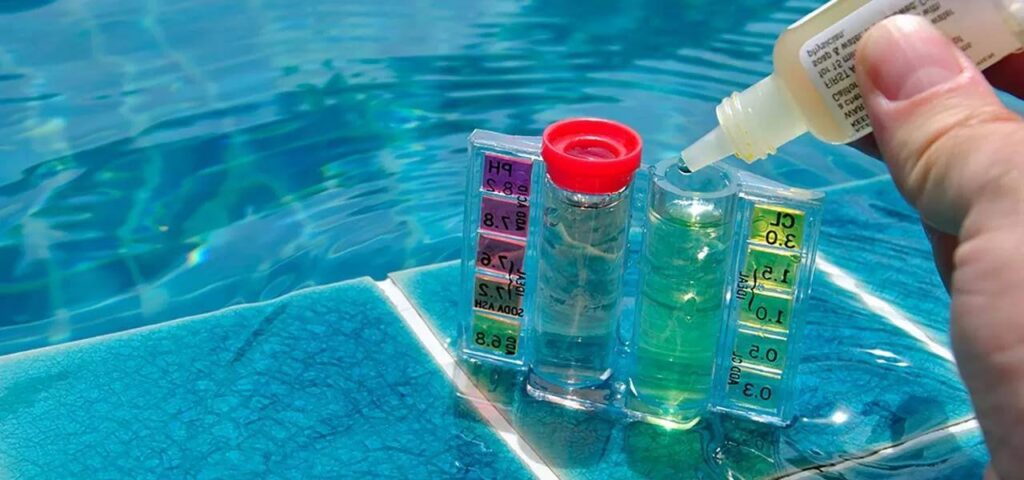
How To Remove Chloramine From Your Tap Water
If you’re among those affected by the presence of chloramines in water — and even if you’re not — you may want to consider a water filter to have fresher, better quality water in your home. There are many water filters and variations of filters, so it’s important to choose one designed specifically to remove chemicals like chlorine and chloramine.
Reverse osmosis filtration systems are a good starting point, since RO technology can effectively target and remove these kinds of chemical compounds.
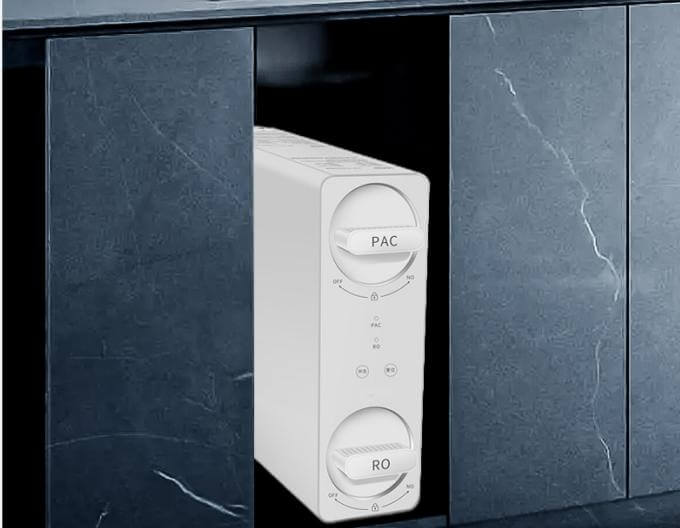
Future Trends in Water Treatment
Looking towards the future in water treatment, there is a growing emphasis on sustainable and efficient methods. Innovations are focusing on reducing environmental impact while maintaining or improving water quality. Advanced filtration technologies, such as nanofiltration and more effective carbon filters, are being developed. There is also a trend towards using more natural and less chemical-intensive methods. Additionally, the application of smart technologies for real-time monitoring and management of water quality is on the rise, allowing for more precise and adaptive water treatment processes.
Conclusion
In concluding, understanding the differences between chloramine and free chlorine in water treatment is crucial for health and environmental reasons. Both have their benefits and drawbacks, and their selection depends on various factors including effectiveness, cost, and impact. As water treatment technology evolves, staying informed and adapting to newer, more efficient methods will become increasingly important. This knowledge empowers us to make better decisions regarding our water consumption and advocate for safer water treatment practices.
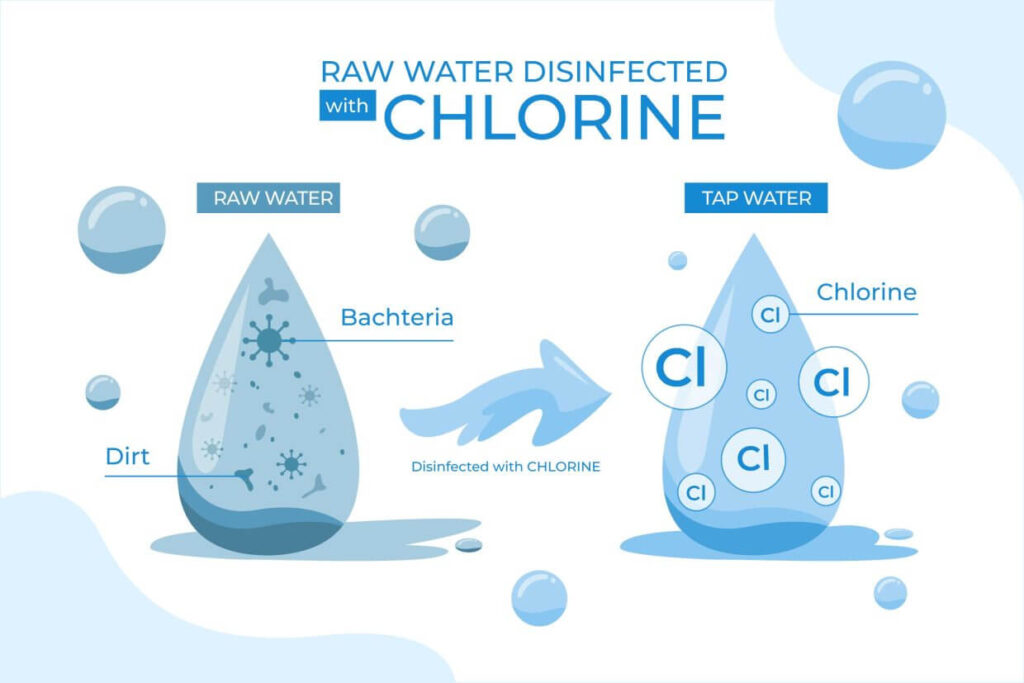
FAQ
Q1:Is Free Chlorine the Same as Chloramine? No, free chlorine and chloramine are not the same. Free chlorine refers to chlorine that is not combined with other chemicals in the water and is commonly used as a disinfectant. Chloramine, on the other hand, is a compound formed when chlorine binds with ammonia. This combination alters its properties and effectiveness as a disinfectant.
Q2:What is one of the major disadvantages of using chloramines as an alternative to free chlorine?One of the major disadvantages of using chloramines is that they are less effective as a disinfectant compared to free chlorine. Chloramines act more slowly against certain types of bacteria and viruses, and their reduced potency can be a concern in ensuring water safety.
Q3:Is Chloramine More Toxic Than Chlorine?Chloramine is generally considered less aggressive and less toxic than chlorine, especially in terms of its impact on human skin and respiratory systems. However, it can be more toxic to aquatic life in certain circumstances.
Q4:How do you know if water has chlorine or chloramine?To determine if water contains chlorine or chloramine, you can use specific test kits available in the market. These kits typically measure the total chlorine and free chlorine levels, and the difference, if any, can indicate the presence of chloramine.
Q5:How long does chloramine stay in water?Chloramine is more stable than chlorine and tends to stay longer in the water system. It can remain in the water for days or even weeks, depending on factors like temperature and the water’s pH level.
Q6:How do you remove chloramine from water?To remove chloramine from water, methods such as activated carbon filtration, campden tablets, or ascorbic acid (Vitamin C) treatment can be used. These methods are effective in breaking down chloramine into harmless components.
Q7:Does chlorine turn into chloramine?Yes, chlorine can turn into chloramine in water, particularly when the water contains ammonia or nitrogen compounds. When chlorine is added to such water, it reacts with the ammonia to form chloramine.
Q8:Which type of chlorine is the strongest?Among the different forms of chlorine used in water treatment, chlorine gas (Cl2) is the strongest in terms of its disinfecting ability. However, its strength can also make it more hazardous to handle.
Q9:What are the benefits of free chlorine?Free chlorine is an effective and fast-acting disinfectant, making it excellent for controlling pathogens in water. It also helps in oxidizing iron and manganese, reducing unpleasant tastes and odors, and controlling algae growth.
Q10:What is the best free chlorine level?The best free chlorine level in drinking water typically ranges from 0.5 to 2.0 parts per million (ppm). This level is sufficient to ensure effective disinfection while minimizing potential negative effects, like the strong chlorine taste and smell.
